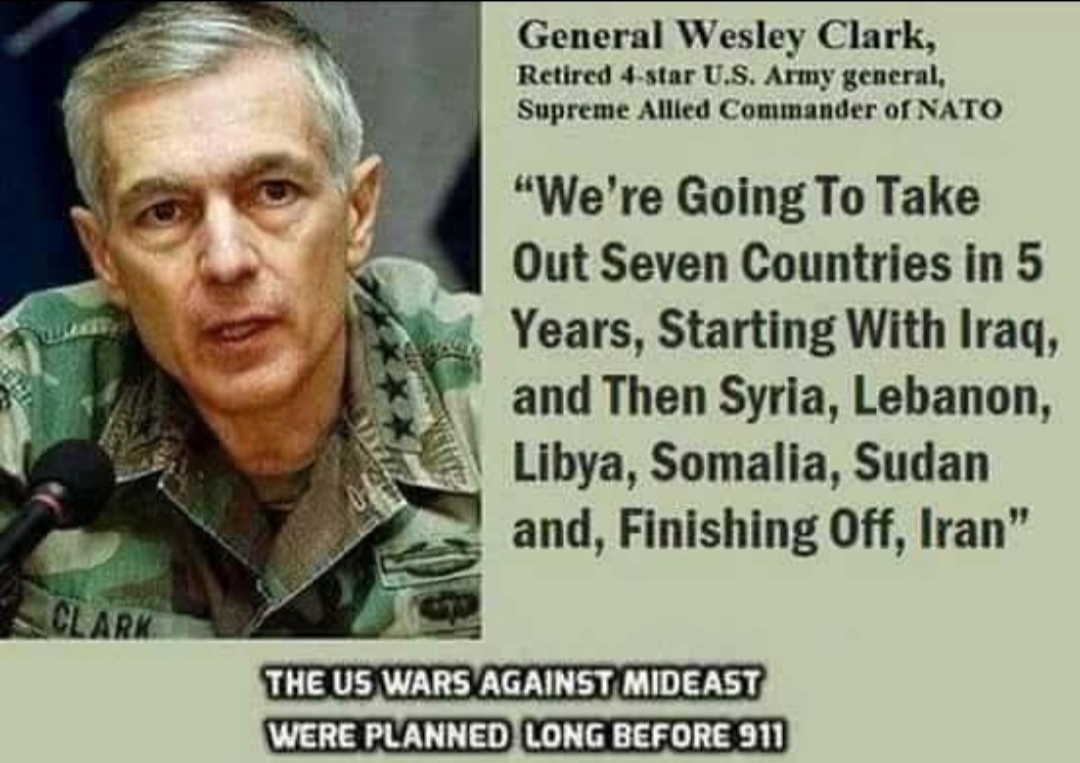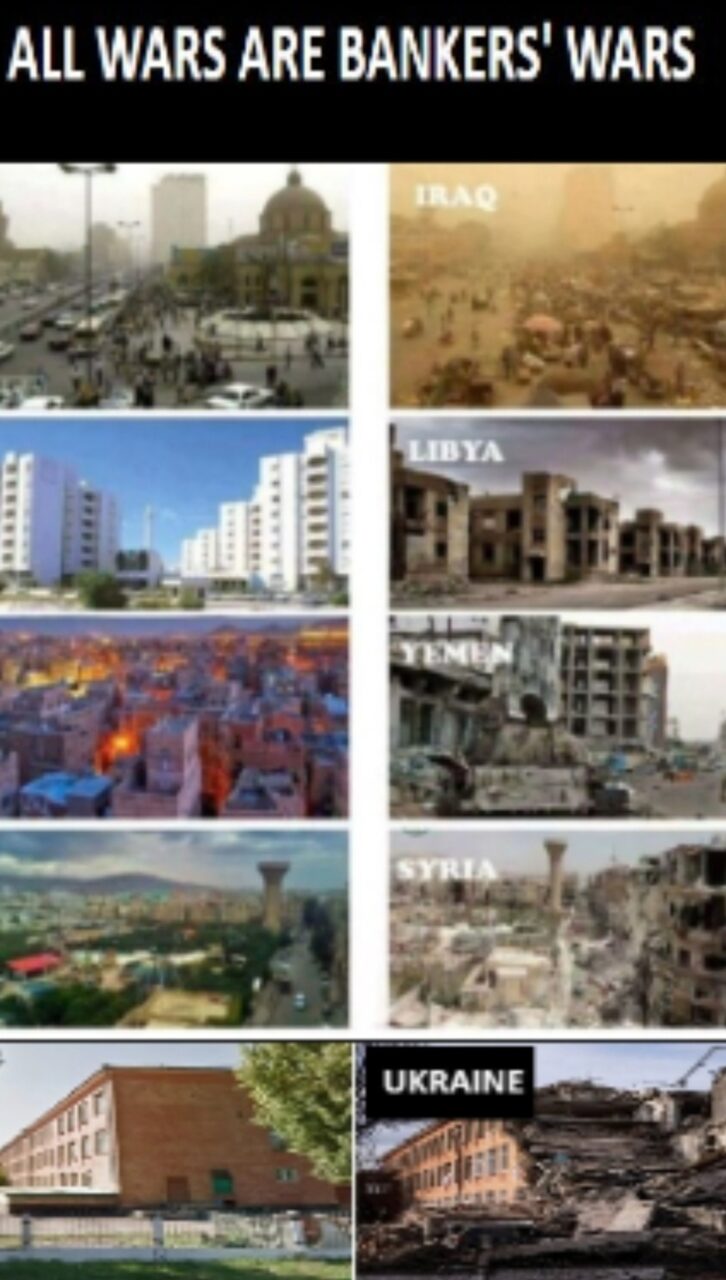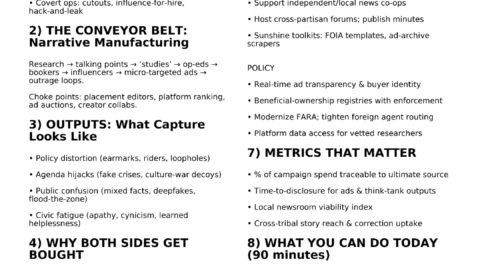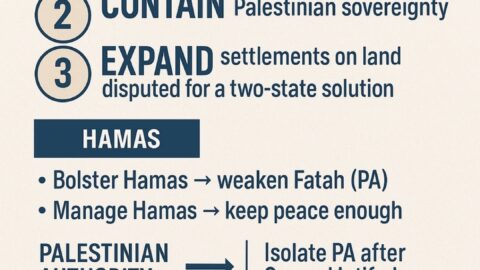“War Is a Racket” is a famous pamphlet written by Major General Smedley D. Butler, a highly decorated U.S. Marine Corps officer. Published in 1935, the pamphlet critiques the military-industrial complex and the way wars are used to benefit a small group of elites at the expense of the general populace.
Key Points from “War Is a Racket”:
War for Profit:
- Butler argues that wars are often fought not for noble causes or national defense but for the financial gain of a few powerful individuals and corporations. He claims that war serves as a lucrative business for arms manufacturers, financiers, and other industries that profit from conflict.
Economic Interests:
- He outlines how the economic interests of a small elite drive the decision to go to war. This group benefits from war through government contracts, increased profits, and favorable conditions for their investments. The burden of war, including the loss of life and economic costs, falls disproportionately on ordinary soldiers and the general public.
Impact on Soldiers:
- Butler emphasizes the personal sacrifices and suffering endured by soldiers who are sent to fight in these wars. He argues that they are often used as pawns in a game controlled by those seeking profit, rather than fighting for any genuine national interest.
Critique of Militarism:
- The pamphlet is a critique of militarism and the idea that war is an inevitable and natural part of international relations. Butler challenges the glorification of war and advocates for a more peaceful approach to resolving conflicts.
Historical Context:
- Butler wrote “War Is a Racket” during the Great Depression, a period marked by significant economic hardship in the U.S. His observations were influenced by his experiences in various conflicts around the world and his growing disillusionment with the motives behind them.
Impact and Legacy:
- Influence on Anti-War Sentiments: The pamphlet has been influential in anti-war circles and among critics of the military-industrial complex. It has been cited in discussions about the ethical and economic implications of war and military spending.
- Cultural Reference: “War Is a Racket” remains a key text for understanding the critique of war profiteering and the relationship between business interests and military conflict. It is often referenced in discussions about the ethical dimensions of war and the role of profit in shaping military policy.
Smedley D. Butler’s “War Is a Racket” provides a powerful critique of the ways in which war is used as a means to benefit a select few at the expense of many. It challenges the notion that wars are fought purely for noble reasons and calls attention to the economic motives behind military conflicts. The pamphlet continues to be a significant work in discussions about war, militarism, and the intersection of economic and political power.
Please go and read and research for yourself on war is a lucrative business in General Smedleys pamplet: War Is A Racket
War can lead to profits in several ways, primarily benefiting certain industries, companies, and individuals. While war often results in widespread destruction and loss, it can also create significant economic opportunities for those involved in the production and supply of goods and services needed for war efforts.
War and Big Government Go Hand-in-Hand
Here are the main ways war can generate profits:
Defense Contractors and Arms Manufacturers:
- Production of Weapons and Military Equipment: Companies that produce weapons, ammunition, vehicles, aircraft, and other military equipment often see a surge in demand during wartime. Governments and military forces purchase large quantities of these goods, leading to increased sales and profits for defense contractors and arms manufacturers.
- Research and Development Contracts: During war, governments may invest heavily in research and development (R&D) to create advanced technologies or new weapons systems. Defense companies and contractors receive contracts to develop these innovations, which can lead to long-term profit opportunities.
- Maintenance and Support Services: Companies that provide maintenance, repair, and operational support for military equipment also benefit from ongoing contracts. As equipment is used extensively in conflict, there is a constant need for servicing and spare parts, generating consistent revenue streams.

Private Military and Security Companies:
- Contracted Security Services: Private military companies (PMCs) and private security firms are often hired by governments, multinational corporations, and NGOs to provide security services in conflict zones. These companies profit from contracts to protect assets, personnel, and supply chains.
- Logistical and Support Operations: Private firms are frequently contracted to provide logistical support, including transportation, supply chain management, and infrastructure development. These companies can profit from managing the supply lines necessary for sustaining military operations.

Reconstruction and Infrastructure Contracts:
- Post-War Reconstruction: After a conflict, there is often a significant need for rebuilding damaged infrastructure such as roads, bridges, hospitals, and schools. Construction companies and engineering firms can secure lucrative contracts to undertake these reconstruction efforts.
- Development and Humanitarian Aid: Governments and international organizations may allocate large sums of money for development and humanitarian aid in war-affected areas. Companies involved in logistics, food supply, medical services, and construction can benefit from these contracts.
The Grand Chessboard: American Primacy and Its Geostrategic Imperatives

Natural Resources and Strategic Commodities:
- Access to Resources: War often involves control over strategic resources like oil, gas, minerals, and precious metals. Companies and individuals involved in resource extraction or those who finance or manage the acquisition of these resources can profit from gaining access to them during or after a conflict.
- Price Volatility and Speculation: War can create instability in global markets, leading to price fluctuations for commodities like oil, gold, and food. Traders and financial institutions can profit from speculation, hedging, and arbitrage activities that exploit these price changes.
Financial Institutions and Banks:
- Financing War Efforts: Banks and financial institutions can profit from lending to governments or corporations involved in war efforts. They provide loans, bonds, and other financial instruments needed to fund military expenditures, often at high interest rates.
- Currency and Exchange Rate Arbitrage: During wartime, currency values can fluctuate dramatically. Banks and financial firms can profit by engaging in currency trading, taking advantage of the volatility created by geopolitical instability.
Manufacturing and Supply Chain Companies:
- Increased Production of Goods: Beyond weapons, war creates demand for a wide range of goods, including uniforms, food, medical supplies, and communication equipment. Companies that produce or supply these items can see increased profits due to the heightened demand.
- Logistics and Transportation Services: Moving goods and personnel in and out of conflict zones requires extensive logistical planning and transportation services. Companies specializing in shipping, freight, and supply chain management can profit from the increased demand.
Media and Technology Firms:
- Increased News Consumption: Media companies often experience higher viewership and readership during times of war, leading to increased advertising revenue. War coverage can drive public interest and increase profits for news outlets.
- Technological Innovations: Companies that develop new technologies for surveillance, cybersecurity, communication, and data analysis may profit from government contracts and the broader demand for advanced technology during wartime.
Pharmaceutical and Medical Supply Companies:
- Increased Demand for Medical Supplies and Drugs: War increases the need for medical supplies, equipment, and pharmaceuticals. Companies involved in the production of these goods can see a significant boost in sales.
- Research Funding: Governments may allocate funding for research into treatments for injuries and diseases common in war zones, providing profit opportunities for pharmaceutical and medical research companies.
While war can have devastating human and economic costs, it simultaneously creates profit opportunities for certain sectors. Defense contractors, private security firms, construction companies, natural resource extractors, financial institutions, and others often benefit from the increased demand, contracts, and financial opportunities that arise in times of conflict. This dynamic has led to critiques of the “military-industrial complex”—a term that describes the powerful alliance between a nation’s military, government, and private industry that may, in some cases, perpetuate conflicts for economic gain.







